Offset transform properties (Position, Scale, Rotation, Opacity) based on the first selected layer

Relative Grid - Create grids visually by placing the first layer in your selection. The last layer will be placed in the opposite side of the comp with the other layers filling in the grid.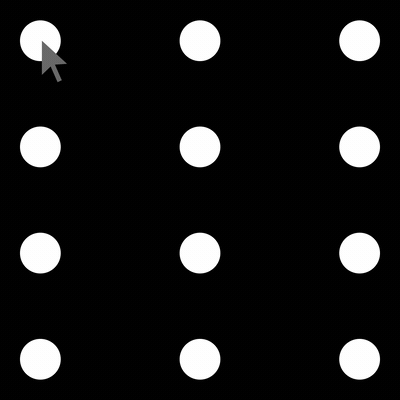
Oblique Grid - Create grids visually by placing the first and last layer. The grid fills between the two layers with the number of layers/row determined by the user.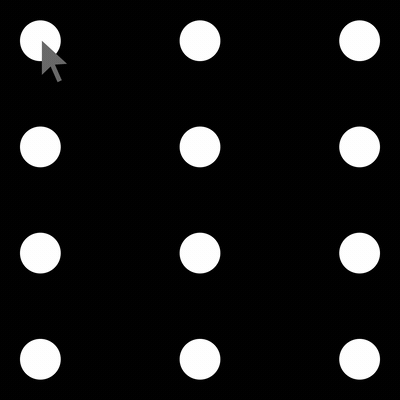
Auto Row - Create a row of layers evenly spaced based on the location of the first layer. The last layer's position will be mirrored on the opposite side of the comp with the other layers filling in between the two taking size into account.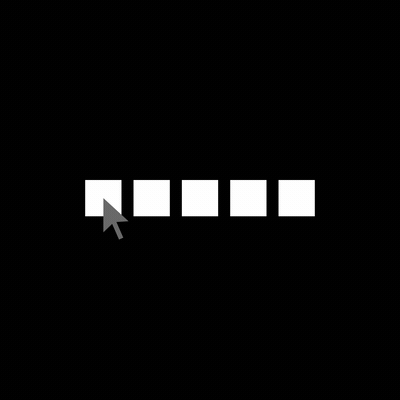
Auto Column - Create a column of layers evenly spaced based on the location of the first layer. The last layer's position will be mirrored on the opposite side of the comp with the other layers filling in between the two taking size into account.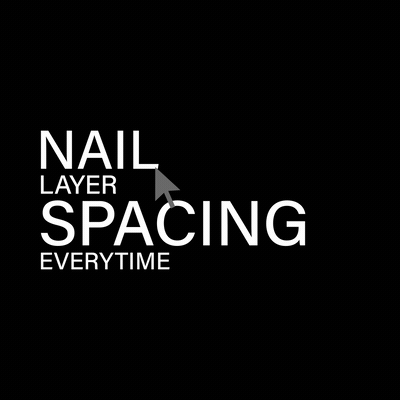
Diagonal - Distribute layers diagonally between the first and last layer. HV mode (below) maintains horizontal and vertical spacing. H mode maintains horizontal spacing and V mode maintains vertical spacing while keeping all the layer's anchor points in ta straight line.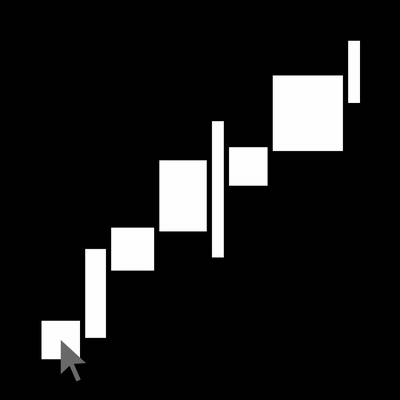
Diagonal - Use Diagonal HV mode with a sequence of layers to create patterns or H mode to align all the layers in a straight line.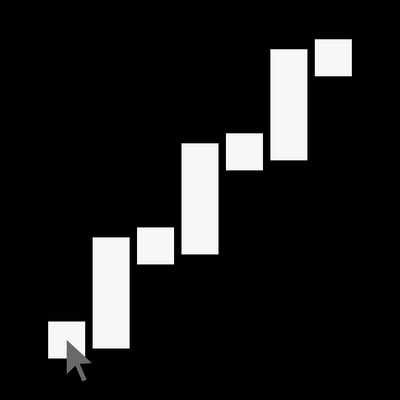
Dynamic Text Block - Use Diagonal HV mode to create text blocks based on the size of the text layers.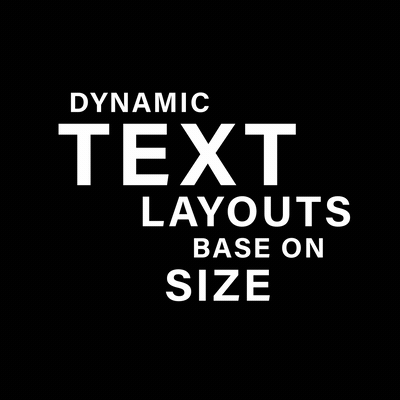
Radial - Create radial arrays visually using relative or oblique modes. Relative creates the radius from the center of comp to the first layer. Oblique creates the diameter between the first and last layer in the selection.
Combine all the modes together to create complex animations easily. Animating between modes is driven by layer selection order, so it's easy to create a variety of animations from one layout.
Universal Scale - Resize layers in pixels based on the largest dimension, width, or height. The first selected layer's dimensions are displayed as a reference and the width is auto-populated in the text field.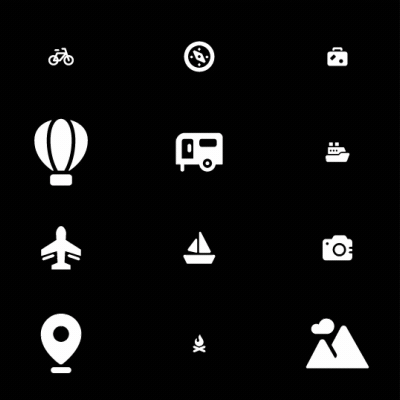
Duplicate - Duplicate selected layers quickly. If more than one layer is selected, the layers will be placed in a sequential pattern according to the selection order.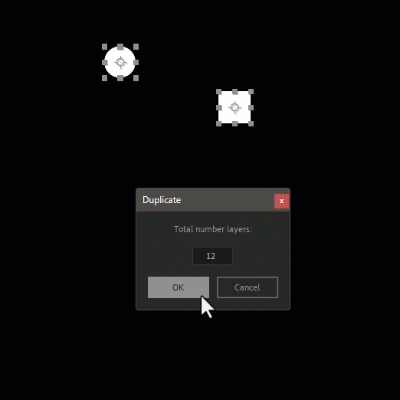
Other Features:
- Change the value of sliders incrementally by holding CTRL/ALT for +1/-1. SHIFT to reset the slider to zero.
- Invert slider values by clicking on the X, Y, and Z buttons for each slider. Hold SHIFT to reset the slider to zero.
- In each offset mode, ALT + Apply will set keyframes on the selected layers for the corresponding transform property. Position keyframes are set for the Matrix and Radial tabs. SHIFT + Apply with reset all the sliders while on the Position, Scale, and Rotation tabs.
- The opacity offset slider will calculate the maximum value range to make the last layer selected zero or one hundred percent.
- Grids and radial arrays have the option to create controllers that provide more animation features.
- Bake the controllers for grids or radial arrays using one of four baking methods, including Smart Bake where only keyframes are generated for animated sections of the comp.
- The work area keys utility will select all the keyframes in the work area to easily change easing.
- Linear spatial keys will create a linear path from curve paths that are generated when animating offsets that may not be desired.






.jpg)







